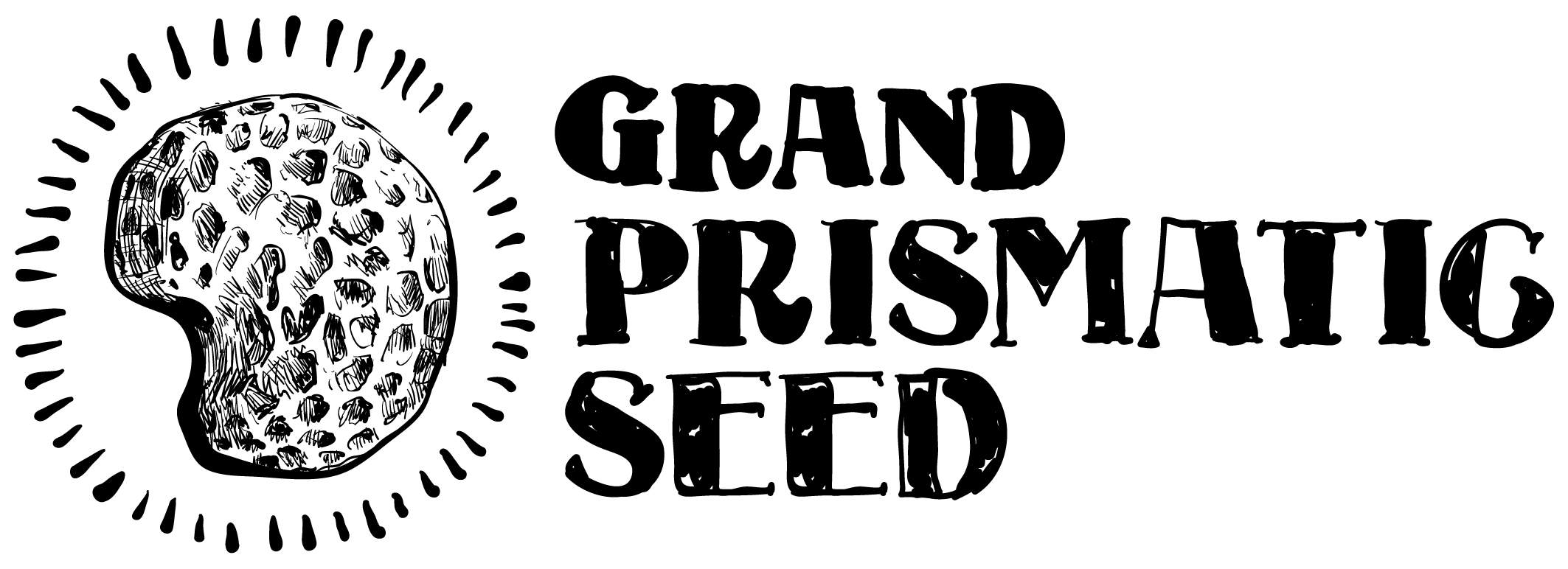Prairie Prickly Pear





Prairie Prickly Pear
Opuntia macrorhiza
This hardy cactus species also known as plains prickly pear, western prickly pear, and big root prickly pear, is native to much of the United States and parts of northern Mexico and southern Canada, thriving in USDA hardiness zones 3-9. Preferring dry prairie conditions and rocky bedrock exposures, Prairie Prickly Pear is an excellent choice for rock gardens, xeriscapes, and low-water landscapes. It forms dense mats and produces vibrant yellow flowers with a striking reddish-orange base.
During the winter months, the plants may appear to dry down significantly and often lie flat against the ground, but rest assured, they are not dying! They are simply concentrating antifreeze-like compounds within their pads to protect themselves from freezing temperatures and prevent their pads from breaking open.
Growing Instructions:
For faster and more uniform germination, cold stratify the seeds before planting. However, we’ve had great success starting our Opuntia seeds on heat mats in a well-draining soil mix without stratification. Simply cover the seeds with a thin layer of soil. Germination typically takes 2-4 weeks.
When transplanting, choose a location that is south or west facing, with full sun and good soil drainage. Once established, plants can start producing fruit in 3-4 years.
Harvesting & Dyeing:
To harvest the fruit for dyeing, collect fully ripe fruits in autumn. Place them in water and store them at room temperature to ferment for 4-7 days. For quicker fermentation and better extraction, gently crush the fruits with a large rock (wear gloves to protect your hands from the tiny spines!). As the water becomes saturated with deep magenta betacyanins and thickens slightly, strain out the fruit pulp over a cloth to catch any glochid spines and plant debris.
If you're concerned about spines, you can skin the fruits before fermenting or burn off the glochids. Once the fruit is strained, place mordanted wool into the room temperature dye bath. Let the wool soak until the desired shade is achieved—this usually takes about 5 days, with gentle massaging of the skein at least once a day. While the deep purple shade isn’t as lightfast as cochineal, logwood, or a madder/indigo combination, it holds up well when not exposed to constant sunlight.
Packet Contains: 30 seeds
